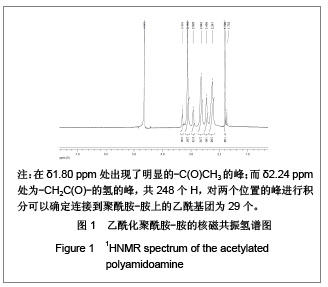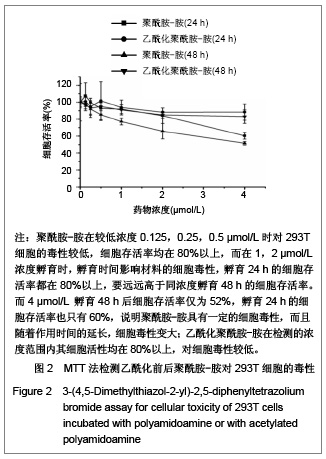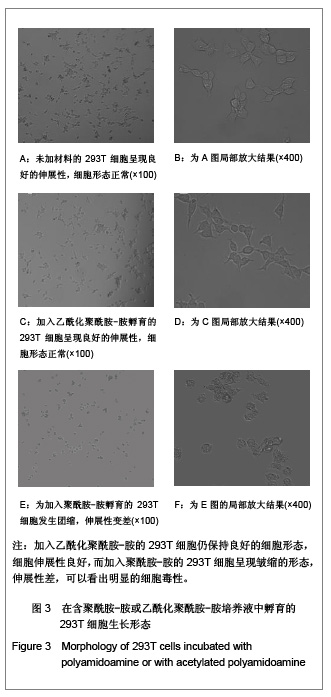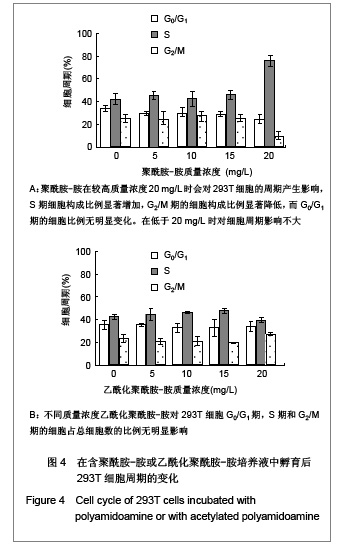| [1] Qu G,Wu X,Yin L,et al. N-octyl-O-sulfate chitosan-modified liposomes for delivery of docetaxel: preparation, characterization, and pharmacokinetics. Biomed Pharmacother.2012;66(1):46-51.[2] Cosco D,Paolino D,Cilurzo F,et al.Gemcitabine and tamoxifen-loaded liposomes as multidrug carriers for the treatment of breastcancer diseases. Int J Pharm.2012; 422 (1-2):229-237.[3] Nakagawa Y,Takayama K,Ueda H,et al.Preparation of bovine serum albumin nanospheres as drug targeting carriers. Drug Des Deliv.1987;2(2): 99-107.[4] Sonaje K,Lin KJ,Wey SP,et al.Biodistribution, pharmacodynamics and pharmacokinetics of insulin analogues in a rat model: Oral delivery using pH-responsive nanoparticles vs. subcutaneous injection. Biomaterials. 2010; 31(26): 6849-6858. [5] Sudheesh MS,Vyas SP,Kohli DV.Nanoparticle-based immunopotentiation via tetanus toxoid-loaded gelatin and aminatedgelatin nanoparticles. Drug Deliv. 2011;18(5): 320-330.[6] Hoffmann S,Vystr?ilová L,Ulbrich K,et al.Dual fluorescent HPMA copolymers for passive tumor targeting with pH-sensitive drug release: synthesis and characterization of distribution and tumor accumulation in mice by noninvasive multispectral optical imaging.Biomacromolecules. 2012;13(3): 652-663.[7] Yoncheva K,Calleja P,Agüeros M,et al.Stabilized micelles as delivery vehicles for paclitaxel.Int J Pharm.2012;436(1-2): 258-264.[8] Yuan W,Liu Z.Controlled-release and preserved bioactivity of proteins from (self-assembled) core-shell double-walled microspheres.Int J Nanomedicine. 2012;7:257-270.[9] Puvanakrishnan P,Park J,Chatterjee D,et al.In vivo tumor targeting of gold nanoparticles: effect of particle type and dosing strategy.Int J Nanomedicine. 2012;7:1251-1258.[10] Wahajuddin, Arora S. Superparamagnetic iron oxide nanoparticles: magnetic nanoplatforms as drug carriers. Int J Nanomedicine.2012;7:3445-3471.[11] Fabbro C,Ali-Boucetta H,Da Ros T,et al. Targeting carbon nanotubes against cancer.Chem Commun (Camb).2012; 48(33): 3911-3926.[12] Tomalia D,Baker H,Dewald J,et al.A New Class of Polymers: Starburst-Dendritic Macromolecules. Polymer J.1985;17: 117-132.[13] Paleos CM,Tsiourvas D,Sideratou Z,et al.Drug delivery using multifunctional dendrimers and hyperbranched polymers. Expert Opin Drug Deliv. 2010;7(12):1387-1398.[14] Yao W,Sun K,Mu H,et al.Preparation and characterization of puerarin–dendrimer complexes as an ocular drug delivery system. Drug Dev Ind Pharm.2010;36(9): 1027-1035.[15] Rodrigo AC,Rivilla I,Pérez-Martínez FC,et al. Efficient, non-toxic hybrid PPV-PAMAM dendrimer as a gene carrier for neuronal cells. Biomacromolecules. 2011;12(4): 1205-1213 .[16] Kumar A,Yellepeddi VK,Davies GE,et al.Enhanced gene transfection efficiency by polyamidoamine (PAMAM) dendrimers modified with ornithine residues.Int J Pharm. 2010;392(1-2): 294-303.[17] Roberts JC,Bhalgat MK,Zera RT.Preliminary biological evaluation of polyamidoamine (PAMAM) Starburst dendrimers.J Biomed Mater Res.1996;30(1): 53-65.[18] Malik N,Wiwattanapatapee R,Klopsch R,et al.Dendrimers: relationship between structure and biocompatibility in vitro, and preliminary studies on the biodistribution of 125I-labelled polyamidoamine dendrimers in vivo. J Control Release.2000; 65(1-2): 133-148.[19] Hong S,Bielinska AU,Mecke A,et al.Interaction of poly(amidoamine) dendrimers with supported lipid bilayers and cells: hole formation and the relation to transport. Bioconjug Chem. 2004;15(4): 774-782.[20] Liu JF,Liu JJ,Chu LP,et al.Novel peptide-dendrimer conjugates as drug carrier for targeting nonsmall cell lung cancer. Int J Nanomed. 2011;6: 59-69.[21] Singh P,Gupta U,Asthana A,et al.Folate and folate-PEG-PAMAM dendrimers: synthesis, characterization, and targeted anticancer drug delivery potential in tumor bearing mice. Bioconjug Chem.2008;19(11): 2239-2252.[22] Zheng N,Dai W,Du W,et al. A novel lanreotide-encoded micelle system targets paclitaxel to the tumors with overexpression of somatostatin receptors. Mol Pharm. 2012;9(5): 1175-1188.[23] Wang J,Sui M,Fan W.Nanoparticles for tumor targeted therapies and their pharmacokinetics. Curr Drug Metab.2010; 11(2): 129-141.[24] Ke W,Zhao Y,Huang R,et al.Enhanced oral bioavailability of doxorubicin in a dendrimer drug delivery system. J Pharm Sci. 2008;97(6): 2208-2216.[25] Milhem OM,Myles C,McKeown NB,et al.Polyamidoamine Starburst dendrimers as solubility enhancers. Int J Pharm. 2000;197(1-2): 239-241.[26] Kolhe P,Misra E,Kannan RM,et al. Drug complexation, in vitro release and cellular entry of dendrimers and hyperbranched polymers. Int J Pharm. 2003;259(1-2): 143-160.[27] Zhu S,Hong M,Zhang L,et al.PEGylated PAMAM dendrimer-doxorubicin conjugates: in vitro evaluation and in vivo tumor accumulation. Pharm Res. 2010; 27(1): 161-174.[28] Wiwattanapatapee R,Lomlim L,Saramunee K.Dendrimers conjugates for colonic delivery of 5-aminosalicylic acid.J Control Release.2003;88(1): 1-9. |




.jpg)